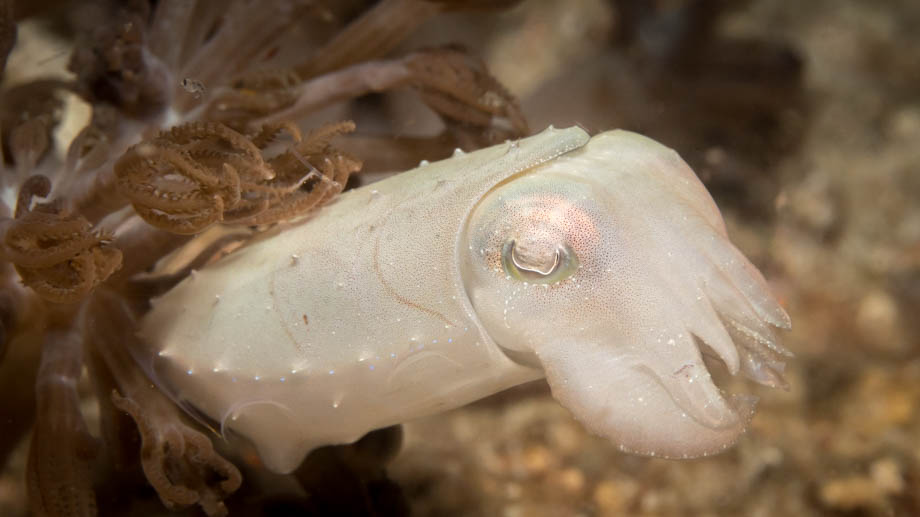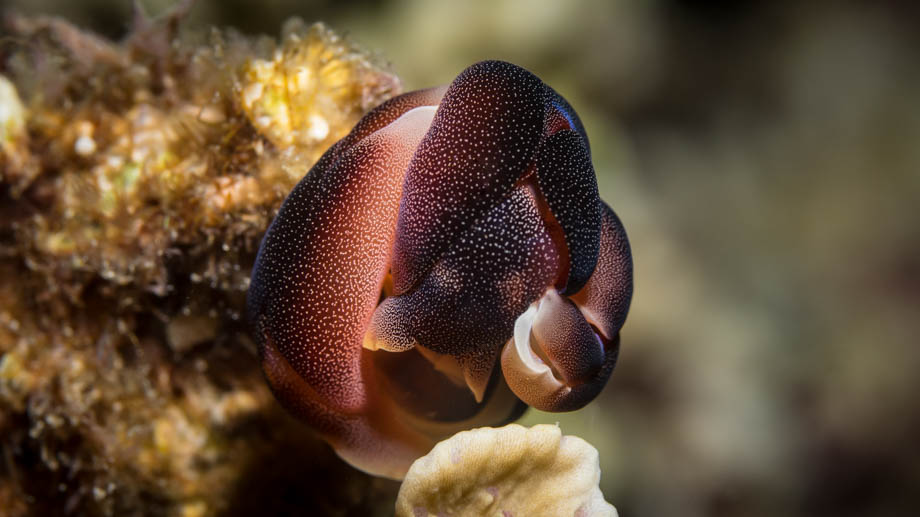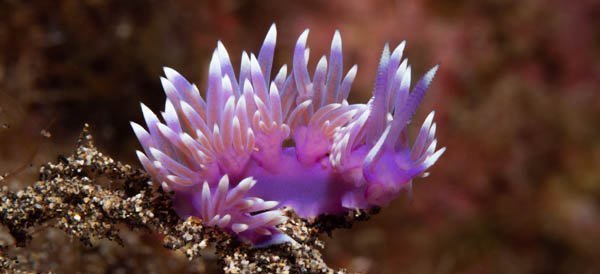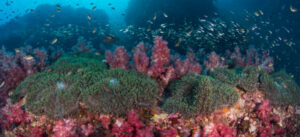Komodo Island
Masters of Camouflage
Decorator crabs aren't the only marine creatures that are masters of camouflage. In fact, the cuttlefish seems to have perfected the art. These voracious predators are able to observe their surroundings and not only change their colours accordingly, but are also able to manipulate sections of their skin called papillae in order to match the physical texture of the surface that they are imitating. These changes of colour are not only used for the purpose of camouflage when hiding or sneaking up on prey, but also to mesmerise their prey when the colours are flashed repeatedly. Male cuttlefish have also been observed imitating females to increase their chances of mating!

Cuttlefish move around by jet propulsion--sucking in water via the gills and expelling it through a funnel called the hyponome. These hyponomes can be aimed in different directions which allow the cuttlefish to control their direction of travel.
Another type of marine creature that is famous for their colouration are the nudibranchs, which are a group of marine gastropods that are occasionally referred to as sea slugs. The colouration on nudibranchs is aposematic, meaning that it serves to warn predators of either their distaste or toxicity.


Flatworms tend to also be brilliantly coloured--like the aptly-named Persian carpet flatworm (Pseudobiceros bedfordi)--and can sometimes be mistaken for nudibranchs. They are not molluscs however, and belong to a completely different phylum called 'Platyhelminthes'. Flatworms are hermaphrodites, meaning that they have both male and female reproductive organs. When they mate, they 'fence' with one another using their penises in an attempt to stab any region of the other's body. They then inject sperm into their opponent to fertilize it, in a process that is referred to as 'traumatic insemination', whilst trying to avoid being fertilized at the same time!








